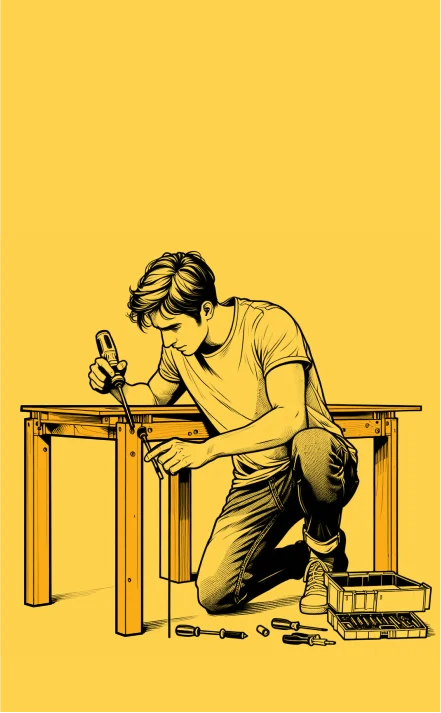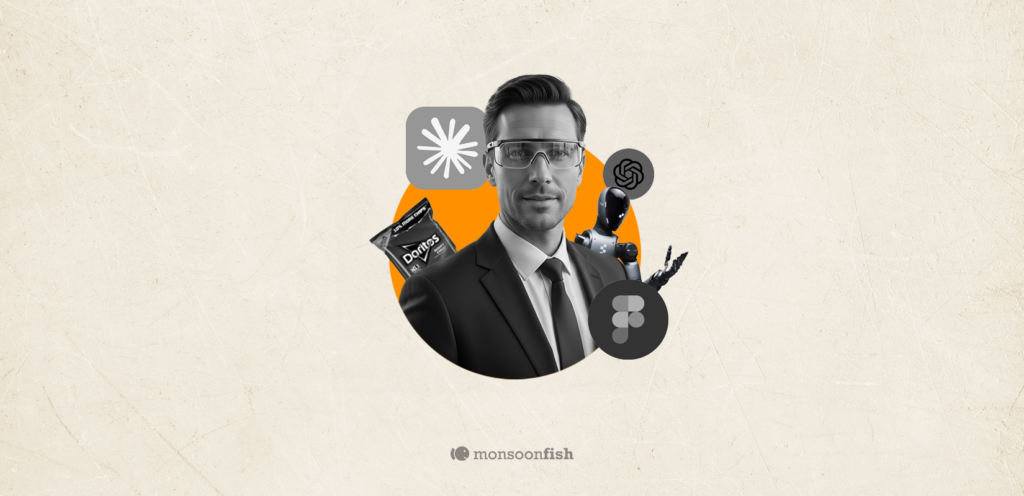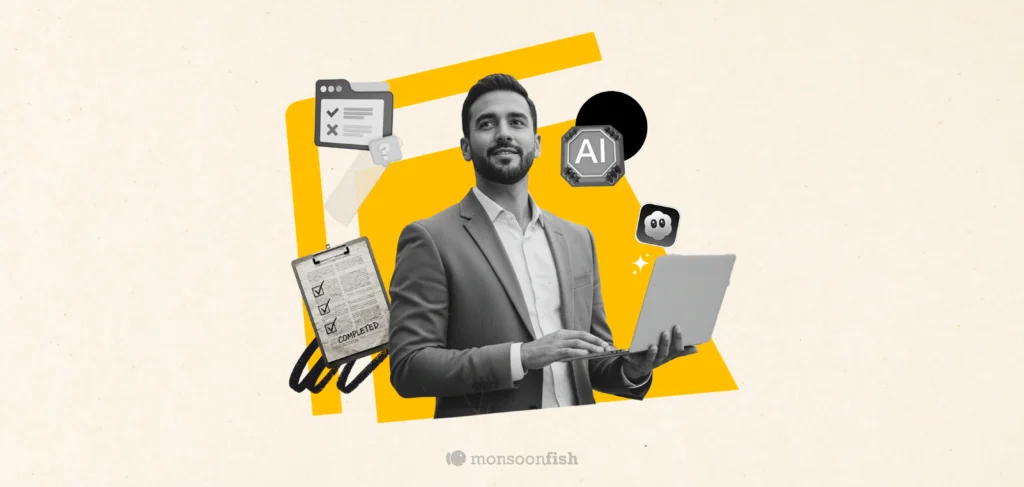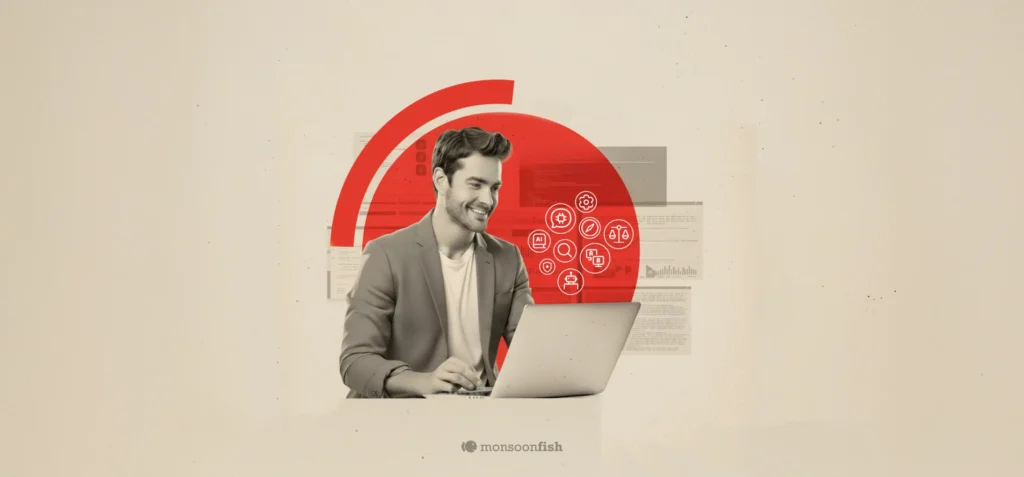The IKEA Effect
People tend to value an object more if they contribute to its creation.
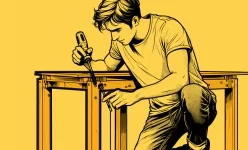
The IKEA Effect
Arjun had never been much of a DIY person. When he moved into his new apartment, he decided to buy a bookshelf online. At first, he considered a pre-assembled one, but then he saw a sleek, modern bookshelf that required self-assembly. The instructions seemed straightforward, and the price was reasonable, so he went for it.
The package arrived in a flat box, and as he unpacked the wooden panels, screws, and tiny tools, he felt a mix of excitement and apprehension. The assembly process was anything but smooth—he struggled to align the shelves, inserted a few screws incorrectly, and even had to redo an entire section after realizing he’d placed a panel backward. Hours passed, and frustration built up, but finally, the bookshelf stood tall in his living room.
Exhausted but satisfied, Arjun stepped back to admire his work. It wasn’t perfect—one shelf was slightly misaligned, and there was a tiny scratch from a screwdriver slip—but to him, it was the best bookshelf he had ever owned. When his friend Karan visited and pointed out that he could’ve gotten a sturdier, better-quality bookshelf for the same price, Arjun dismissed the idea. “But I built this one,” he said proudly.
This is the IKEA Effect at play, where people place greater value on something they’ve helped create, even if it has flaws. Arjun’s emotional investment in assembling the bookshelf made him overlook its imperfections and cherish it more than a higher-quality alternative. Businesses use this effect by encouraging customization and self-assembly, enhancing customer satisfaction and attachment to their products.
Contents
CATEGORIES
